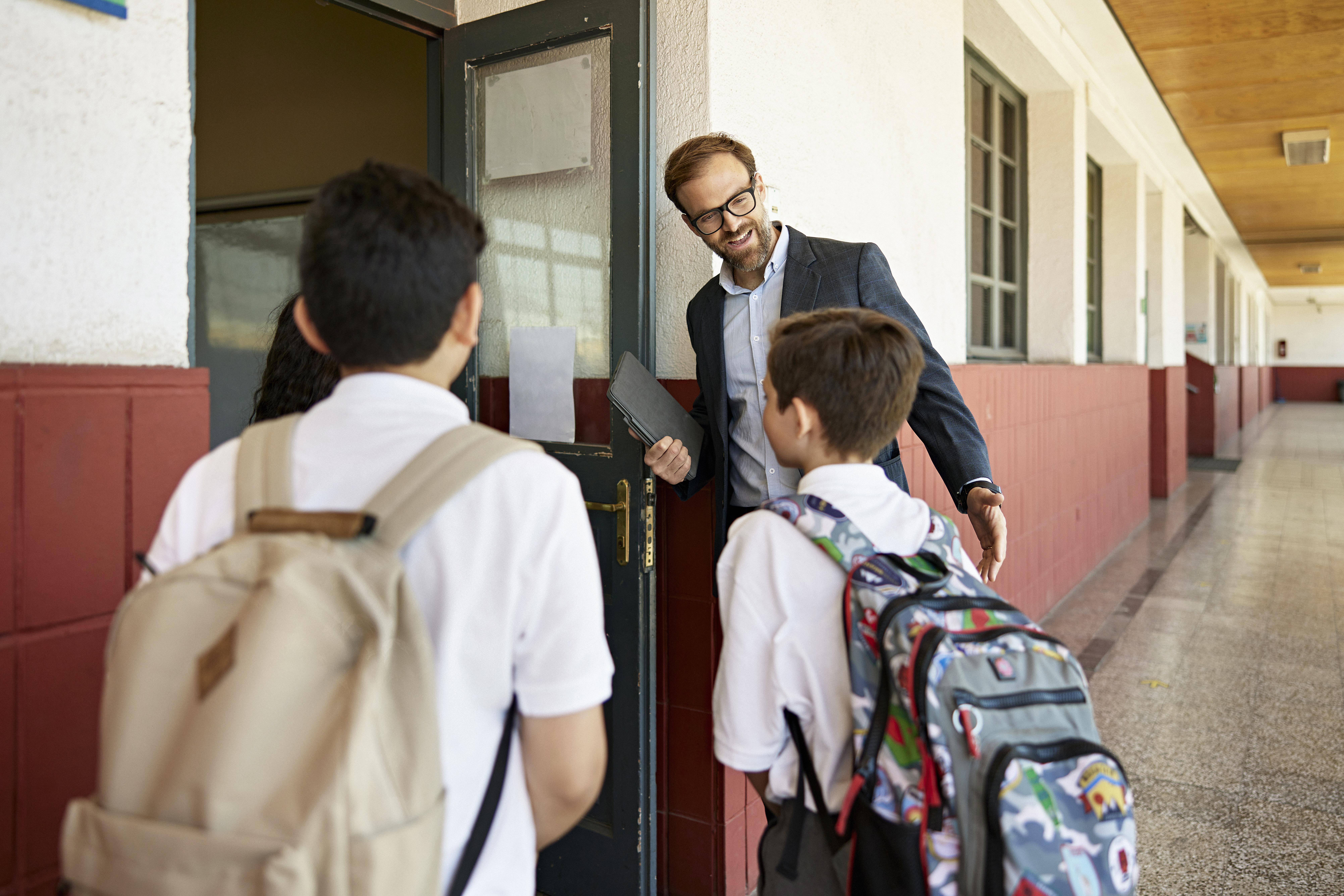A recent report from Education Week finds the number of children in private schools out of the total school-age population in America has risen 8.25 percent since 2010. As more children and their families choose private schools, enrollment directors will face increased competition to attract and retain these students.
With rising tuition costs, increased competition, and changing family expectations, keeping students enrolled year after year requires more than just strong academics. It demands a holistic approach that engages families, builds a strong school culture, and addresses the evolving needs of students.
Here are six powerful ways private K-12 schools can increase student retention and ensure that students and their families remain loyal to the school over the long term.
1. Foster Strong Relationships Between Students and Teachers
One of the most influential factors in student retention is the relationship students have with their teachers. When students and their families feel connected to educators, they are more likely to continue enrolling year after year. Personal connections in the classroom create a positive learning environment where students feel valued, supported, and motivated.
To encourage these relationships, schools should invest in professional development for teachers, focusing on building empathy, effective communication, and social-emotional learning. Teachers who understand the individual needs of their students and can offer tailored support will foster a sense of belonging that makes students want to remain at your school.
2. Enhance the Family-School Partnership
Families are a vital part of the student experience and play a crucial role in retention. By actively involving parents in school activities, decision-making processes, and day-to-day educational experiences, schools can build trust and loyalty. A strong family-school partnership increases your retention rate and strengthens parent commitment to the school.
Regular communication—whether through newsletters, parent-teacher conferences, or social media updates—keeps families informed about their child’s progress and school events. Schools can also consider offering parent education workshops, volunteer opportunities, and feedback surveys to help parents feel more engaged and invested in the school community.
3. Leverage Technology for Better Engagement
Incorporating technology into the learning environment enhances student engagement and streamlines communication with families. Digital platforms that offer easy access to grades, assignments, and school events help students and parents stay informed and involved.
Schools that adopt modern technology not only improve the learning experience but also demonstrate their commitment to staying relevant in a digital age, which can help retain families who value an easy experience.
4. Provide Personalized Learning Paths
Personalized learning experiences can help students feel their school is invested in their individual growth, no matter the learning style or academic strengths. This could mean providing differentiated instruction, offering enrichment programs for gifted students, or providing supplemental support to students struggling in certain areas.
Furthermore, offering electives and extracurricular activities that align with students’ passions—such as coding, arts, sports, or music—can help students feel that their unique interests and strengths are being nurtured. When students feel that their school environment is responsive to their needs, they are more likely to stay enrolled and engaged.
5. Offer Extracurricular Opportunities
Extracurricular activities play a significant role in a student’s school experience, contributing to personal development, skill-building, and social bonding. Whether through sports, drama, music, academic clubs, or community service, extracurriculars help students build connections with their peers and develop a sense of pride and belonging in their school.
By offering a wide range of extracurricular activities and encouraging students to get involved, schools can help students form strong ties to the school community. Activities that align with students’ interests and passions will also keep them engaged, making it less likely that they will seek alternatives outside the school.
6. Ensure Academic Rigor and College Readiness
For many families, the ultimate goal of a private K-12 education is to prepare their children for success in higher education. By maintaining academic rigor and offering college-preparatory programs, schools demonstrate their commitment to preparing students for the future.
Offering advanced courses, SAT/ACT prep, and college counseling services can be key to ensuring that students feel they are receiving an education that will set them up for future success. Additionally, showcasing alumni success stories and offering guidance throughout the college application process helps students see that the school is invested in their long-term academic and personal growth. For schools wondering how to increase their retention rate, students who see the value of their education—as it prepares them for college and beyond—are more likely to stay enrolled.
Increase Retention with a Modern Experience
Student retention relies on academic progress and relationship building. Much of this is done through soft skills and communication, but knowing how and when to use technology for these purposes strengthens your position and eases the burden on your teams.





